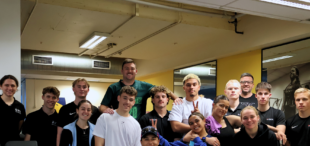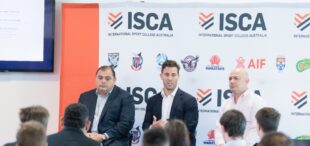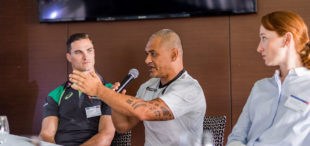ISCA staff attend world-leading Strength & Conditioning Conference

Ian Evans
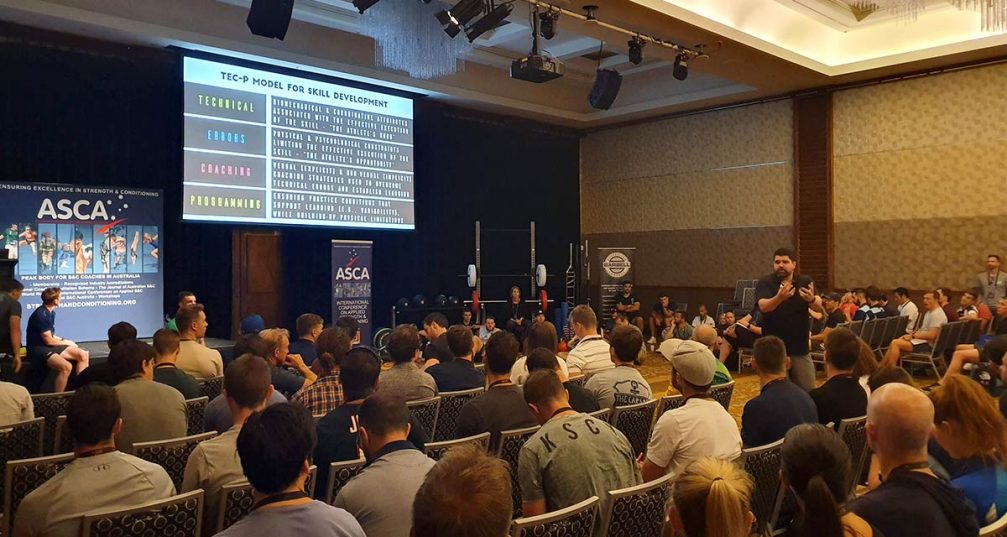
Youth development in football, surfing & snowboarding dynamic movement and coaching for sprint athletes were the key messages from one of the world’s largest strength & conditioning conferences.
ISCA staff participated Australian Strength & Conditioning (ASCA) International Conference last week on the Gold Coast, an event that attracted industry professionals from across the world.
Organisations such as the Canadian Snowboard & Sports Institute, Irish Rugby Union, Arsenal FC & the Australian Football League (AFL) sent their best performance staff to speak at the event, which attracted thousands of delegates & staff.
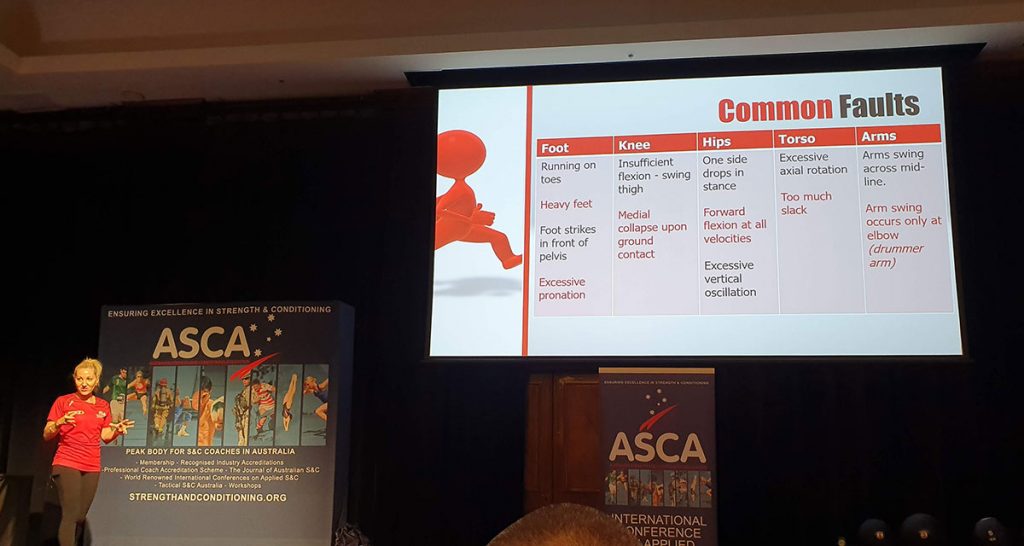
ISCA High Performance manager Braden Woods said many of the presentations used at the conference would become part of ISCAs high performance teaching platform in 2020.
“Yes without doubt – we gathered some great case studies of athletes from surfing and snowboarding, and how to make athletes from these sports stronger and more dynamic,” Mr Woods said.
“Such findings were backed up by presentations on mobility which gave great insight into decompression breathing as a form of improving posture throughout sporting performance.”
Other presentations included methods on accelerating hamstring re-conditioning in team sport athletes (using examples from the current Brisbane Lions AFL squad); the latest methods from Arsenal FC on training youth athletes, and programming for the semi elite athletes & building power-endurance.
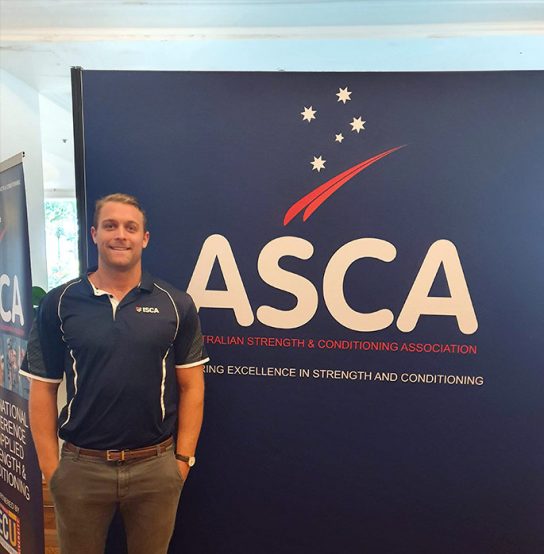 Outside of strength & conditioning, Woods said, there were some great examples of how coaches use language to improve results in sprint athletes.
Outside of strength & conditioning, Woods said, there were some great examples of how coaches use language to improve results in sprint athletes.
“Generally such athletes suffer from three main constraints – incorrect position, insufficient power, and uncoordinated movement patterns,” Woods said.
In order to fix this, a coach can focus on external ques to improve athletic performance.
“You only learn from that with which you pay attention to,” Woods said. “So by changing your words you can turn their thoughts, if you choose your language carefully.”
Woods said topics such as improving running efficiency & acceleration, as well as reducing susceptibility of athletes to sprinting injuries as other key take-home messages.
“Many of the presentations were geared towards pre-elite athletes aged 17-21 years, which is perfect for us as ISCA students are generally within this age bracket,” Woods said.

